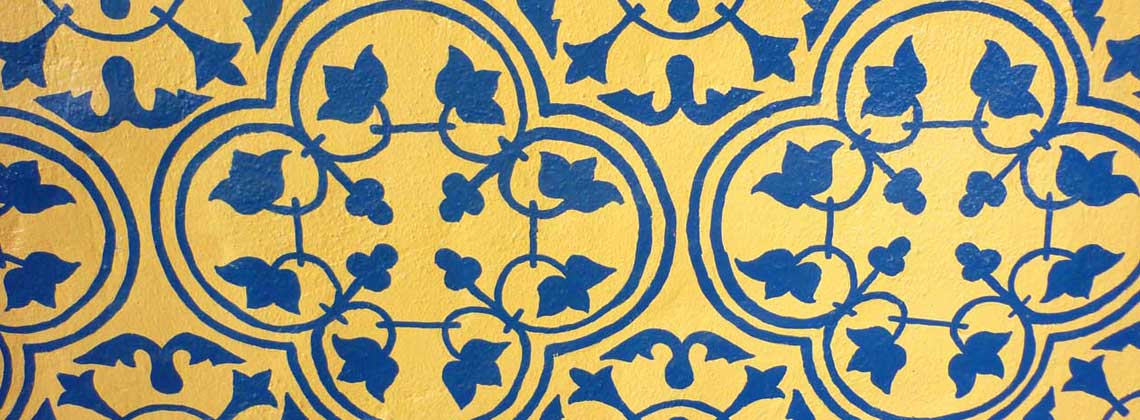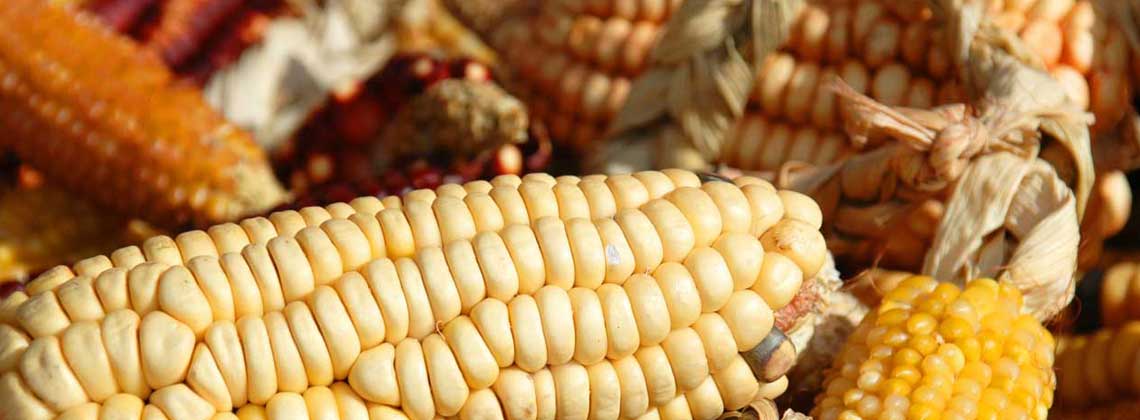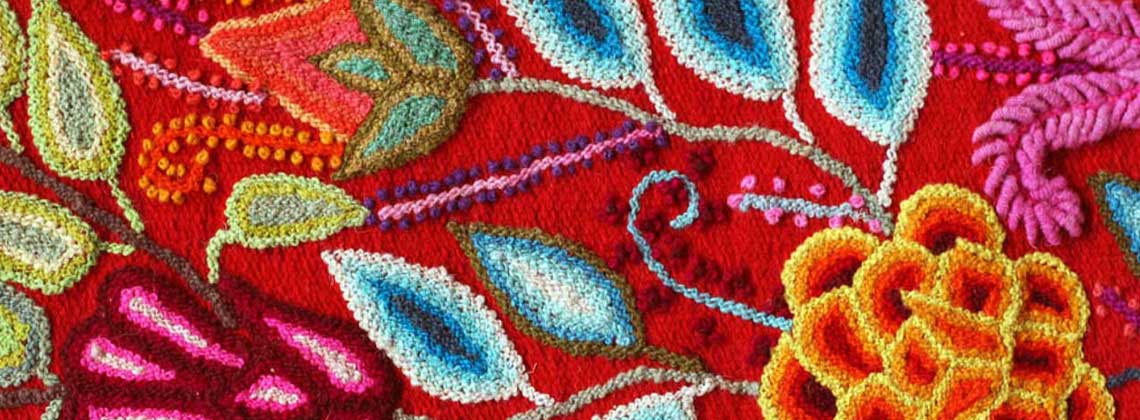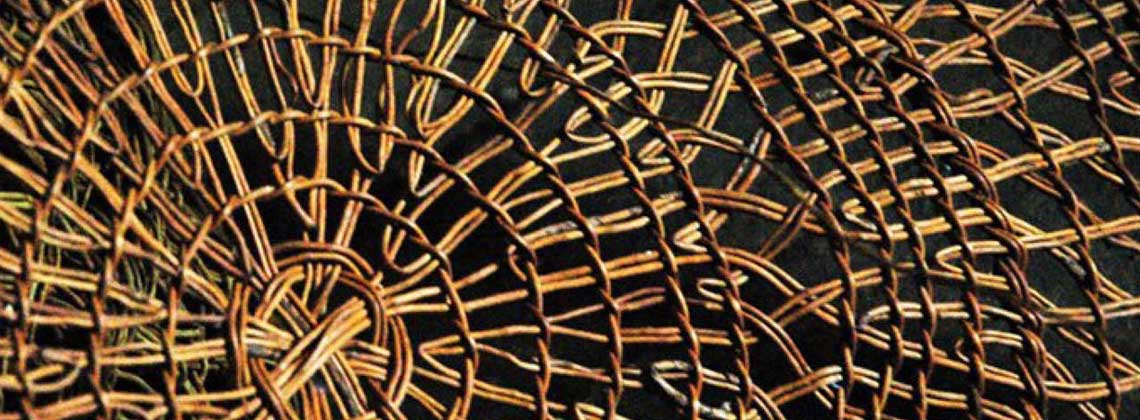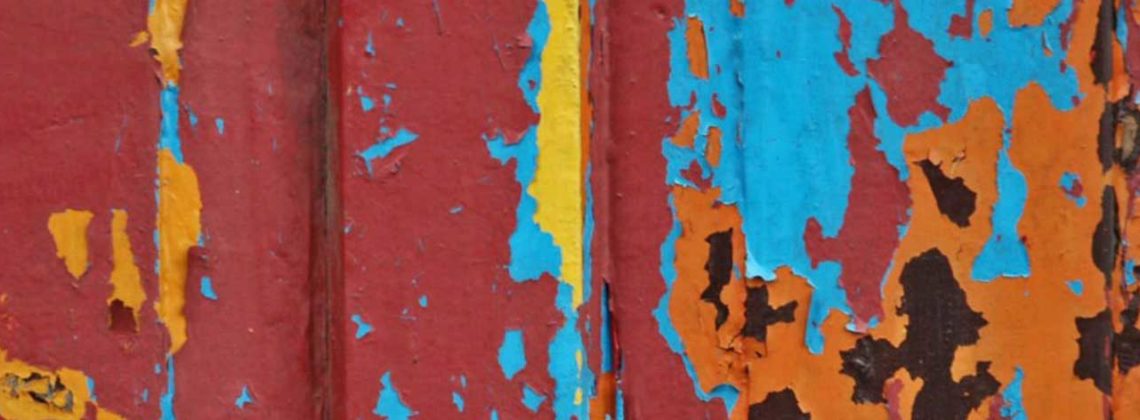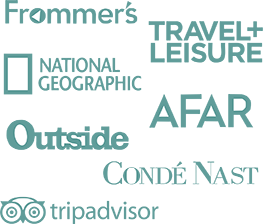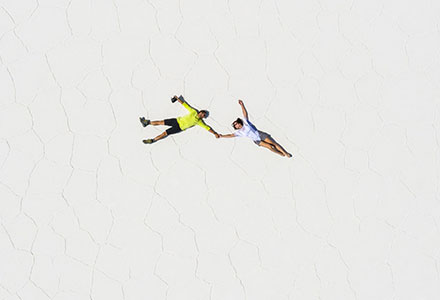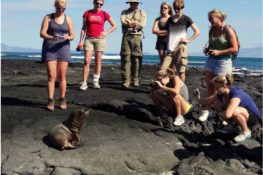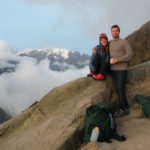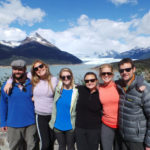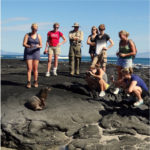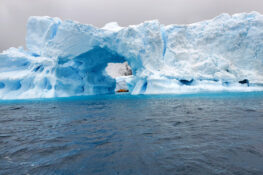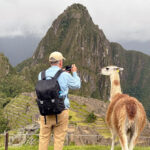
Well-heeled and adventurous travelers have long favored shoulder seasons when the amount of travelers in a destination dips (often times along with prices) and weather is still good (and in some locations it could be argued better than high season). Fall shoulder season for Peru / Machu Picchu and Chile / Argentina / Patagonia is in March and April and the best spots and some hikes, such as the Inca Trail, are booking up fast. The time to plan for these seasons is now!
Knowmad Adventures works closely with independent-minded travelers creating innovative trips to South America. Our specialists in Patagonia / Chile / Argentina and Machu Picchu / Peru are eager to collaborate and create a trip as unique and authentic as you are, and our experienced South American operations team guarantees you get an insider’s perspective, superior values, and a flawlessly operated trip. If you’re interested in crafting a custom trip to South America, reach out to our Trip Specialists at 612-315-2894 or [email protected] to begin planning today!
What to Expect DURING Patagonia SHOULDER SEASON in March & April
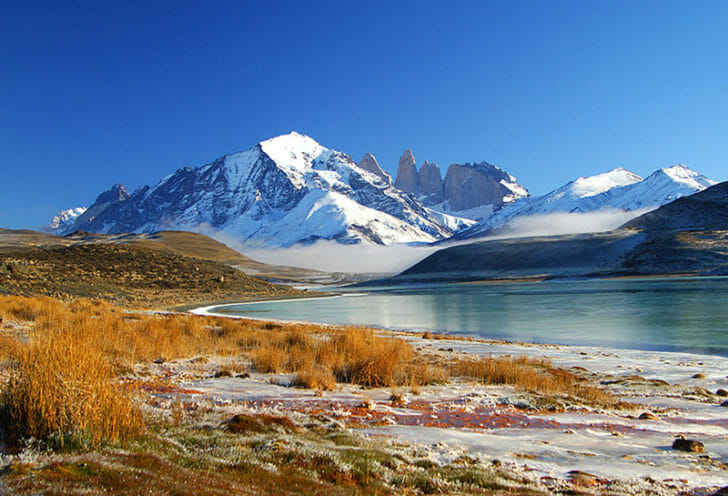
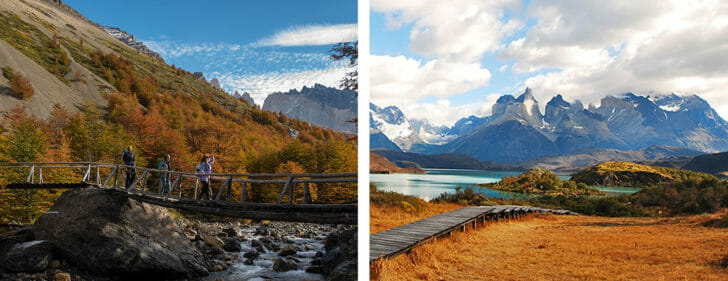
It should first be said that any ‘what to expect’ info for Patagonia should be viewed through the lens of generalities. An old Patagonian gaucho friend of mine once told me that, “the only thing you can count on is to see all four seasons in any given one day in Patagonia,” and I’ve since heard that uttered in countless variations from others who call the region home. Accepting this for summer and all seasons, there are certainly general characteristics you can count on.
Wind People often assume that temperature is the most important weather factor in Patagonia. In my experience it is wind – Patagonia is the land of sideways trees. As summer turns to fall in March and April, Patagonia sees a reduction in days where there are high gusting winds. Those winds, which are not uncommon to high pressure systems, are a bit more frequent in the summer and make hiking dramatically more challenging.
Temperature Average daytime highs in the summer months of January and February are in the low 60s °F, while March sees averages in the upper to mid 50s °F, and April the low 50s °F. Nights are considerably cooler. The sun is extremely strong so sunny days in the 50s °F will feel hot when hiking if not windy. So, relatively speaking, March and early April are just a bit milder than summer and they don’t have as much wind. You can dress for hiking in five to ten degrees cooler weather, but you simply can’t negate high gusting winds.
Another strong point of March and April weather often overlooked in Patagonia trip planning is that all Patagonia trips will be mixing in more northern regions of the countries to varying degrees, such as Buenos Aires, wine country, Santiago and Valparaíso, Lakes District, Iguazú, etc. All of these regions feature mediterranean, desert, or even tropical rainforest climates, which tend to be extremely HOT during summer (generally thought to be December/January/February), while in shoulder seasons they are most people’s ideal with lots of sunshine, warm evenings and mornings, and midday highs that are still quite pleasant.
Crowds I still chuckle a bit uttering ‘crowds’ and ‘Patagonia’ in the same breath as this is one of the most vast regions on the planet that brings me a sense of solitude no other does. However, they have become relevant as Torres del Paine can be considered the crown jewel of the region with its incredible hiking infrastructure and world-class lodges making it a huge draw for a short operating season. The iconic hikes of the French Valley, Base of the Towers, and other areas of the W trek can feel a bit crowded during high season. The amount of park visitors in March, however, tends to drop at least 30% from those summer highs, and April a good bit more according to CONAF statistics. So for those looking for a blend of good weather conditions with less crowds, both March and April fit the bill.
Pricing Torres del Paine is home to some of the most incredible lodges on the planet. It also has a short operating season, is extremely remote, and requires a lot of logistics to offer world-class lodging and expedition experiences. What this translates to can often be an extremely costly destination (there are still backpacker, do-it-yourself, camping options as well, so I’m not saying it is compulsory to spend a ton to visit TDP, to be clear). As of the 2019/20 season, most lodges have their ‘high season’ pricing continue through the end of March, as demand is such they can still fill their lodges. Awasi Patagonia, however, is one lodge that begins their mid-season pricing in March, so a stay there is less costly than Explora Patagonia this time of year. April is considered ‘mid’ or ‘low’ season by all lodges except Explora, and prices generally drop at least 20%. Of the 5-star Patagonia adventure lodges, a stay at Tierra in April offers an incredible value. Patagonia Camp offers some of the best glamping in the world and their April prices are a steal. At the time of publishing this post, however, (October, 2019) both are extremely booked up for the first half of April, which is why booking by October is key.
Daylight March and April see sunrises between 7 – 8 a.m. and sunsets between almost 7:30 – 9 p.m., so days are still nice and long, and can also allow you to experience the sunrise while exploring on some of the big hikes and excursions. Nothing like boating to the French Valley as the moon recedes and the sun emerges from behind the Paine Massif! This time of year and Patagonian springtime as well are both much more conducive to professional photography tours in Torres del Paine as well as for aspiring amateurs.
Fall Colors More muted tones in early March are gorgeous and highlight often snow-capped high peaks, and bright reds and more brilliant fall colors start to emerge late in the month blossoming through at least the first half of April most years. A few ‘fire bush’ species which cover much of the area turn the countryside bright red usually towards the end of March and early April, lasting a couple weeks.
TALK TO A TRIP SPECIALIST ABOUT YOUR CUSTOM PATAGONIA TRIP TODAY
What to Expect DURING Peru & Machu Picchu SHOULDER SEASON in March and April
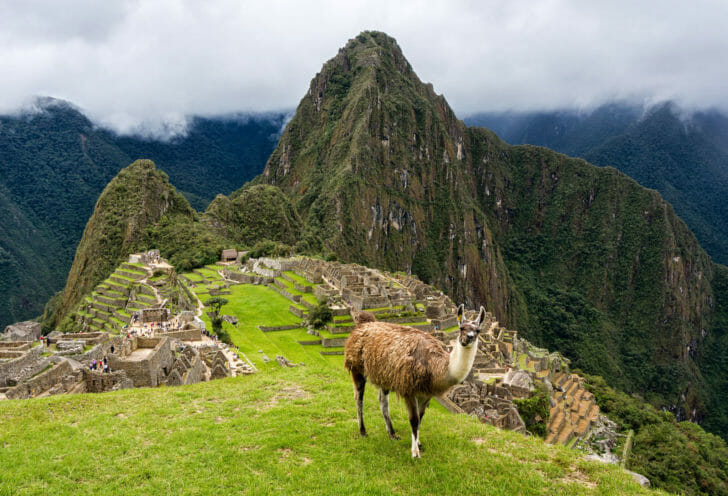
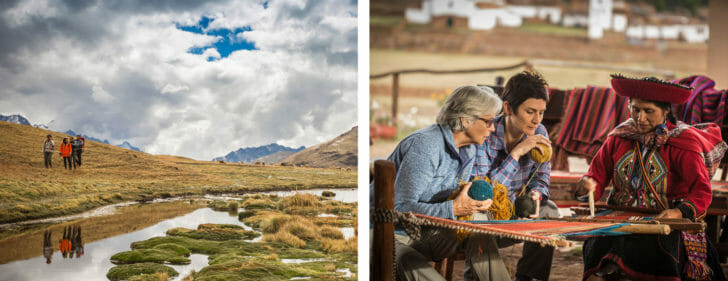
Lucky for well researched travelers, most people and travel planners still view the seasonality of the Southern Peruvian Highlands – where you find Machu Picchu, the Sacred Valley of the Inca, and Cusco – through an oversimplified lens of rainy and dry season. While it is true that November through March there is much more rain than other times of year, it becomes quite exaggerated when you look at the actual amount and nature of the precipitation in March and April.
Precipitation Peru gets almost no rain between May and September. Which is why the seasons are ‘rainy’ and ‘dry’. Rainfall drops off significantly, however, from the peak of January to March, from 5.9 inches to 3.8. For comparison New York sees an average of 3.7 inches of rainfall in July, and we wouldn’t say July is some unbearably rainy time of year and a bad time to visit, would we? Peru’s rainfall in April comes down to a mere 1.5 inches in the month. So although featuring much more precipitation than June and July (.1 inches), they’re by no means rain-filled months.
Temperature Average daytime highs in this region are quite static throughout the year with highs generally falling in the low 60s continuously throughout the year. In March and April, the mornings and evenings don’t see as much variation and are a good bit warmer than what you would find in May to August when lows can fall into the 30s. From a temperature standpoint, March and April are awesome.
Sunlight March and April as a whole will see more overcast skies than June-August. If bright sunshine throughout is your biggest priority in terms of seasonality, then traveling much before May probably isn’t for you. But if clear, mostly clear, or partly cloudy sky about 30% of the time with mild temperatures, less clouds, and a cloudforest in all it’s lush glory are, then March and April could be your ideal.
Crowds As there is truly no destination that marries incredible indigenous cultures, off-the-beaten-path adventure activities, friendly people, wide-ranging delicious cuisine, architectural marvels, and awe-inspiring mountain landscapes, Peru has been a traveler favorite for decades. During any season there are countless ways to experience Peru and even Machu Picchu without feeling a burden of crowds. But there are distinctly less travelers in March and April than you’ll find in June/July/August. Inca Trail permits, however, are already very limited in April, another reason to plan at least 6 months out.
Foliage / Colors As March and April come on the heels of the much rainier season, the cloud forest, mountains, and valley floor are extremely green and lush this time of year. The incredible photos of Machu Picchu where it looks quite like a jungle (which a cloud forest is essentially) weren’t taken in July or August. There is no better mix of lush conditions without an over abundance of rain than March, April, and May in Peru.
TALK TO A TRIP SPECIALIST ABOUT YOUR CUSTOM PERU TRIP TODAY
The best lodges in Torres del Paine and top boutique properties in Peru are filling up fast, so start planning your 2020 shoulder season and spring break travel today! Reach out to our Trip Specialists at 612-315-2894 or [email protected] to begin planning your custom adventure.
Que Disfruten La Aventura, Jordan
 Jordan is a Co-Founder of Knowmad Adventures, a company dedicated to creating unique, private and custom trips in South America. He was recently honored as a Conde Nast Experience Maker for Patagonia, and has won Travel & Leisure’s prestigious Top Travel Specialist for Patagonia, Chile, Argentina, Peru, and Ecuador/Galapagos three consecutive years. “Travel brings me incredible experiences and challenges, highlighting the world’s natural beauty while connecting me with inspiring people. I am convinced that travel makes us better people, and better people make a better planet.” Read Jordan’s biography and more about the Knowmad team.
Jordan is a Co-Founder of Knowmad Adventures, a company dedicated to creating unique, private and custom trips in South America. He was recently honored as a Conde Nast Experience Maker for Patagonia, and has won Travel & Leisure’s prestigious Top Travel Specialist for Patagonia, Chile, Argentina, Peru, and Ecuador/Galapagos three consecutive years. “Travel brings me incredible experiences and challenges, highlighting the world’s natural beauty while connecting me with inspiring people. I am convinced that travel makes us better people, and better people make a better planet.” Read Jordan’s biography and more about the Knowmad team.



